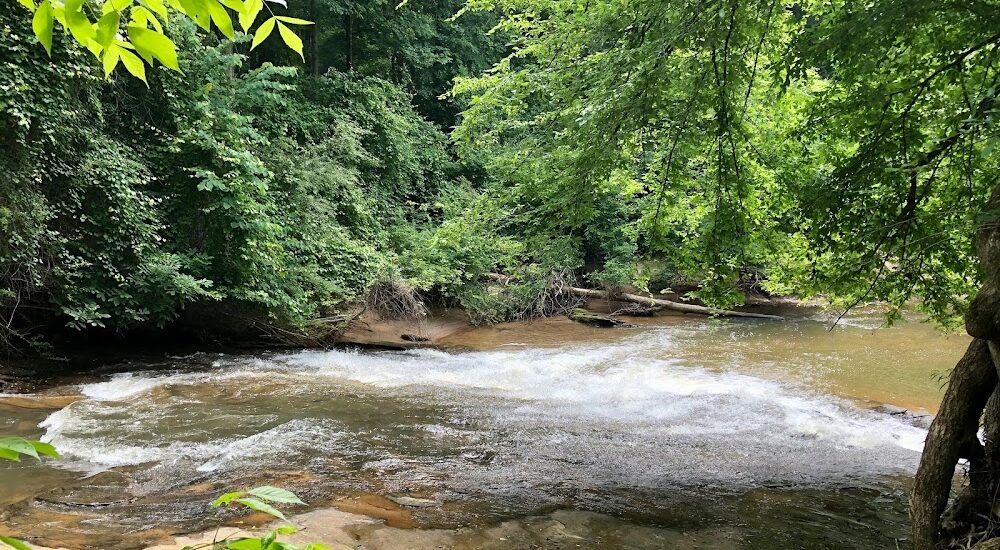Welcome to the Braselton Mulberry RiverWalk, a serene escape that intertwines the natural beauty of Braselton, Georgia, with its rich history. While you’re enjoying the peaceful sounds of the Mulberry River and the sights of local wildlife, let’s delve into the fascinating historical backdrop of this area.
The town of Braselton was established in 1916 by William Harrison Braselton, whose family played a significant role in the local community. The Braselton family were prominent landowners and entrepreneurs, contributing to the development of the area, which still bears their name. This riverwalk not only highlights the natural splendor of the region but also stands as a testament to the community’s dedication to preserving its history and environment.
As you walk along the trail, you’ll notice educational markers that offer glimpses into the area’s past. This land was once home to Native American communities who thrived along the fertile banks of the Mulberry River. The river itself was a crucial resource for early settlers, providing water, transportation, and fertile soil for agriculture.
One of the intriguing aspects of the RiverWalk is the historical bridge that connects various township neighborhoods. This bridge serves as a reminder of the region’s ongoing development and community spirit. In addition, the ‘four counties marker’ situated along the trail marks the unique intersection of four counties within Braselton’s limits, highlighting the town’s strategic significance in the broader region.
Over time, Braselton has evolved from a rural community into a vibrant town, while maintaining its small-town charm. The Mulberry RiverWalk is a perfect example of how Braselton balances growth with sustainability, offering a place where history, nature, and community converge.
As you continue your journey, imagine the countless stories that have unfolded along these banks. From Native American settlements to the bustling community you see today, the Braselton Mulberry RiverWalk is more than just a path through nature—it’s a living narrative of the past and present.





